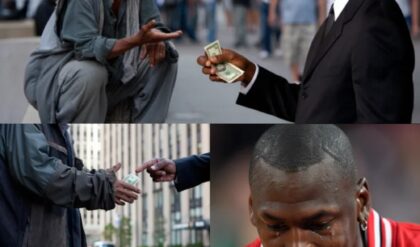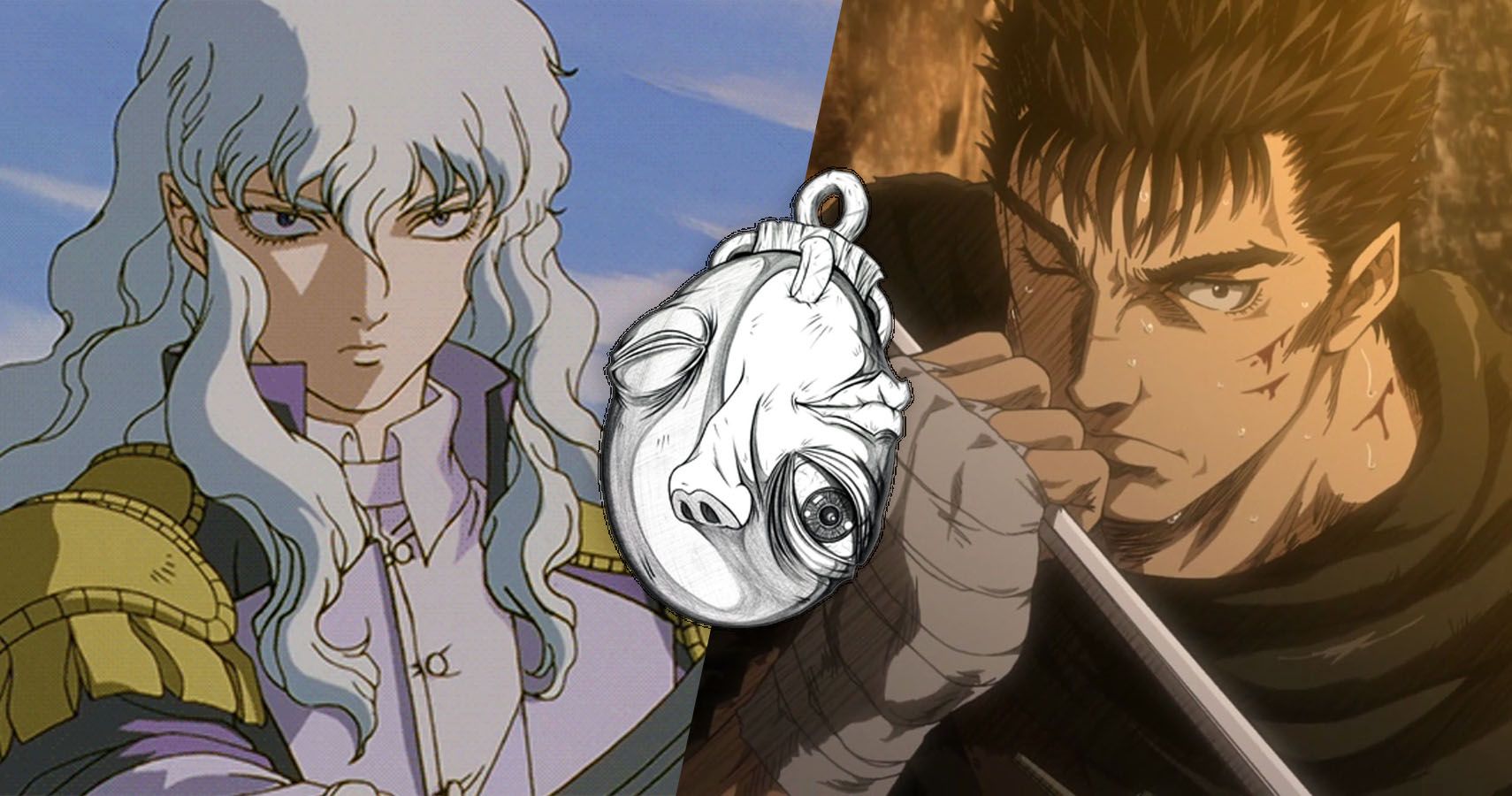
Berserk 2016 Was Notoriously Poorly Animated
Berserk 2016 Skipped One of the Manga’s Most Important Story Arcs
Berserk’s Latest Anime Censored the Gritty Source Material
How Berserk 2016 Compares to Previous Adaptations
Synonymous with the classic era of “grimdark” fantasy anime, Berserk has seen a resurgence in popularity in recent years. This is mainly due to the manga being more accessible than ever, not to mention manga/anime on a whole only growing more popular. Enthusiasts now have more of the manga and even a fanmade anime project to look forward to, but the franchise’s reputation is still somewhat sullied by a previous adaptation.
The 2016 anime adaptation of Berserk was notorious among audiences and critics, and not without good reason. From rushed pacing to downright jarring animation, the series struggled to capture even a fraction of the original manga’s downright breathtaking quality. This take on the beloved series only furthered disdain toward CGI in anime while making a beloved franchise synonymous with a subpar production. Even as Berserk continues to this day in many forms, it’s inarguable that the infamous 2016 series left a black mark on the Black Swordsman.
Berserk 2016 Was Notoriously Poorly Animated
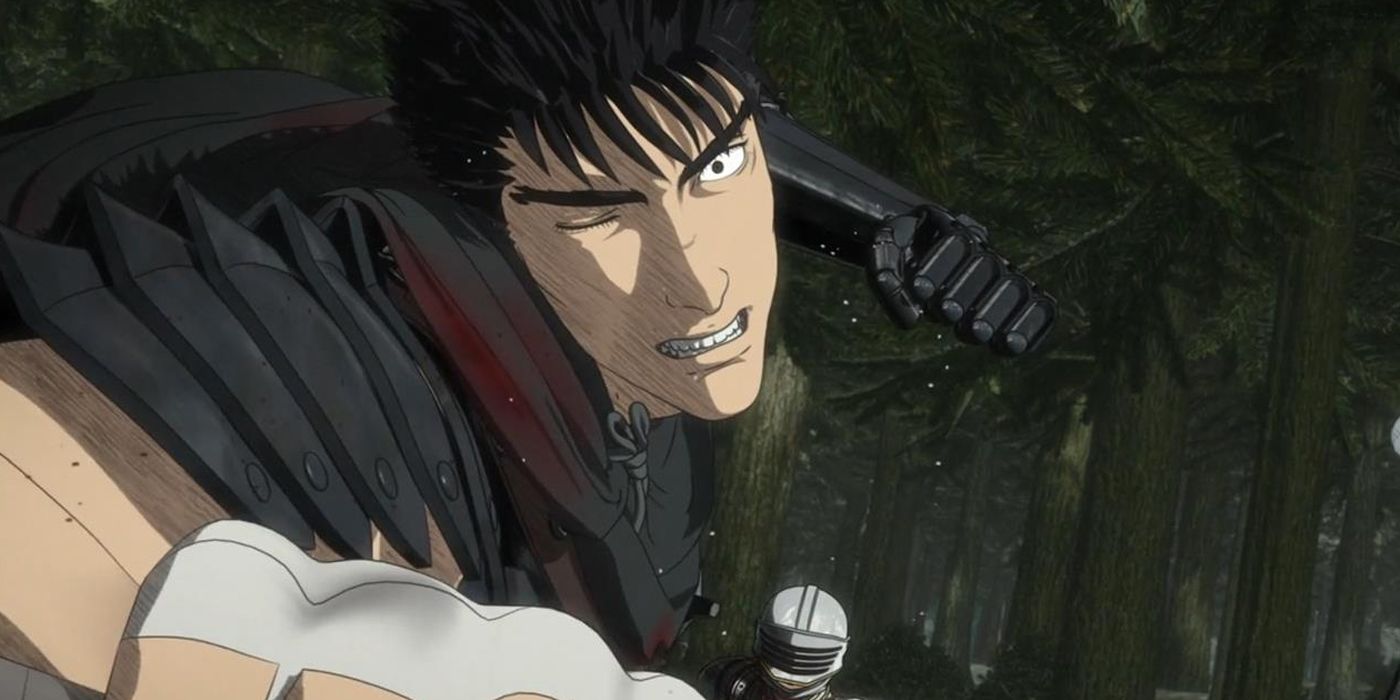
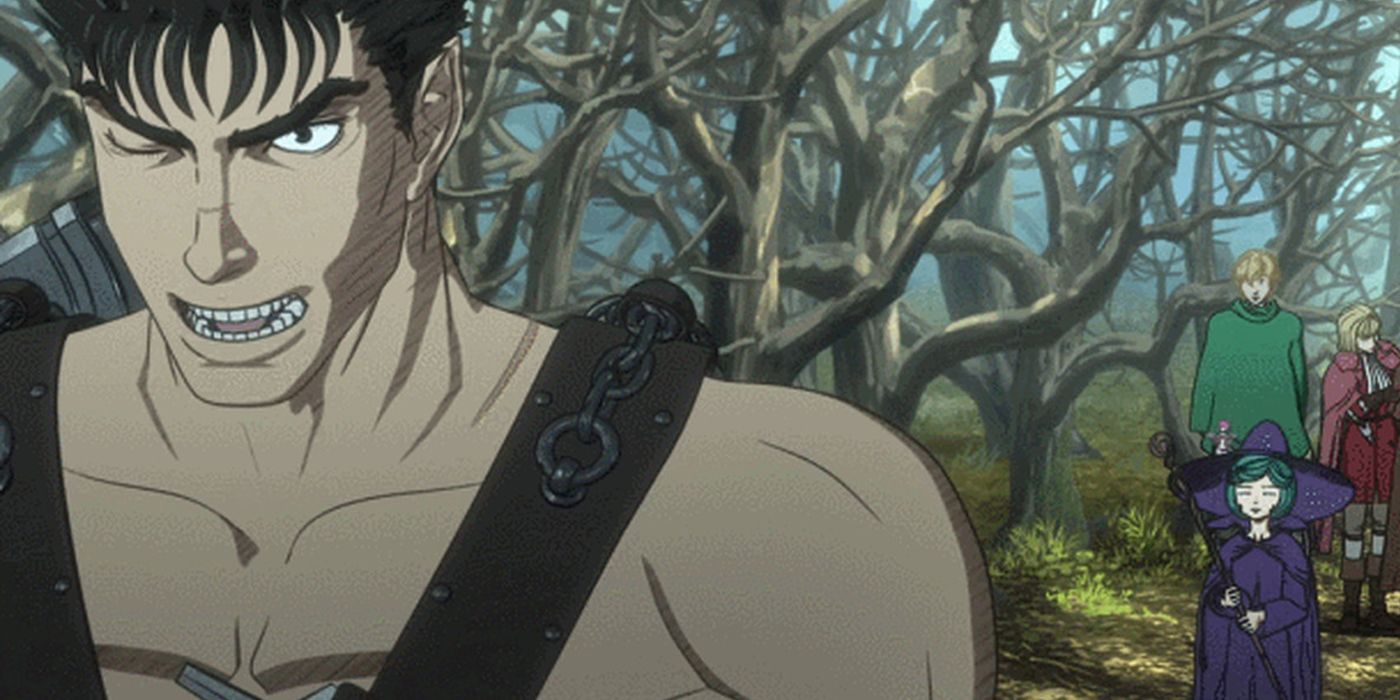
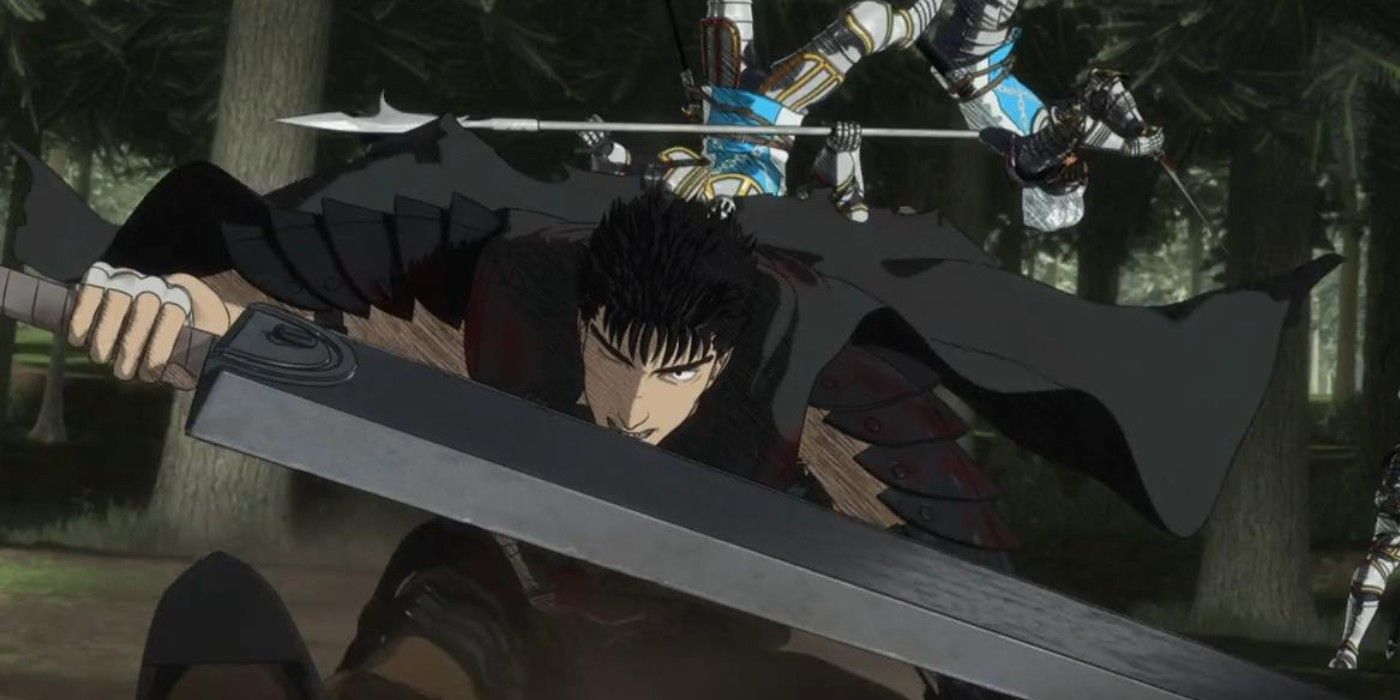





The biggest sore point in Berserk‘s 2016 anime adaptation is easily the animation. Described as a hybrid of 2D and 3D animation, the series’ visual style bore a strong resemblance to the stiff CGI sometimes used in modern anime. In most cases, CGI is sometimes used for the robots in various mecha anime or other “additional” elements beyond the main characters. With Berserk, however, this animation style is applied across the board, including human characters such as Guts, making even the most basic actions come off awkward and lifeless.
Even worse was the effect CG had on the fight scenes. Battles in the 2016 Berserk were slow and plodding, lacking the fluidity needed to make them as exciting as their manga counterparts. This was entirely due to the animation rather than direction, which looked closer to preliminary CGI tests that had been slowed down instead of a genuine finished product. Anything involving inhuman characters transforming was even worse, as they simply “morph” via unconvincing transitions. Berserk 2016’s visuals are comparable to graphics in video games from the early PlayStation 2/Xbox/GameCube era, which would be bad enough if not for the property’s gorgeous source material.
Originally written and drawn by creator Kentaro Miura, the Berserk manga is known for having some fo the most beautifully detailed artwork in the medium. Translating that artistic quality to an anime would have been a challenge in general, but things are particularly bad with an overuse of sloppy 3D animation. The result is that many of the manga’s best sequences come off either boring or downright hilarious in the manga. Serious scenes were anything but, and for some fans of Berserk, it ruined what should have been a slam dunk adaptation.
Berserk 2016 Skipped One of the Manga’s Most Important Story Arcs
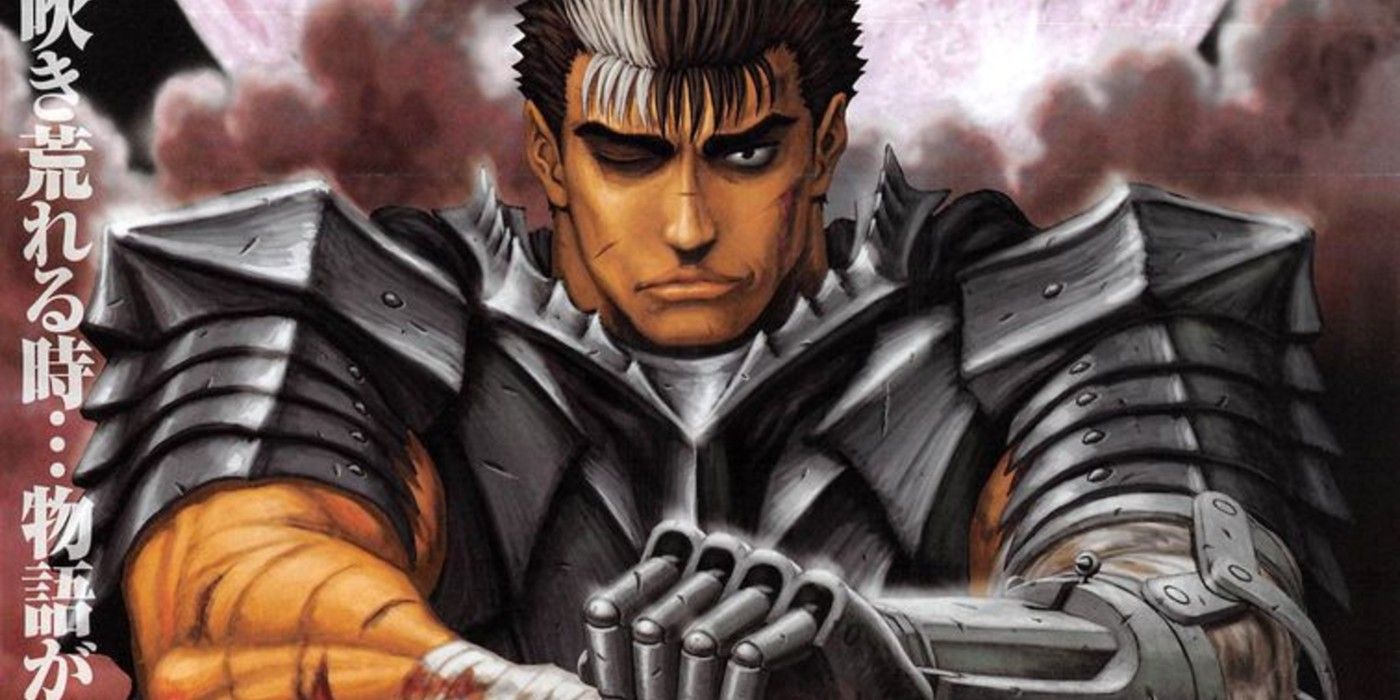
The biggest issue with skipping these story arcs is that it takes away key character development, namely for Guts. Without this depth, Guts and many other characters in Berserk come off as rather bland or dull in comparison. Given that the fight scenes and other elements are already handled in a less than satisfactory manner, it means that almost nothing in the 2016 anime is done very well.
Berserk’s Latest Anime Censored the Gritty Source Material
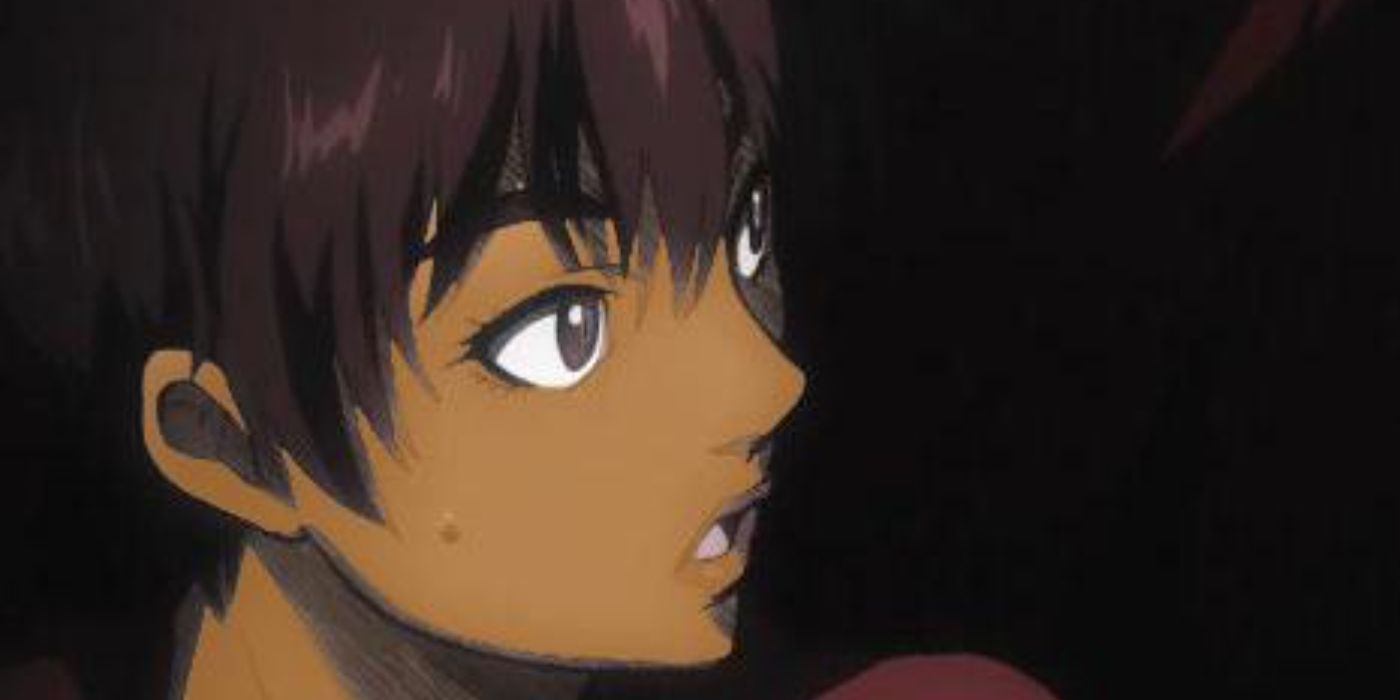
This is understandable given that Berserk 2016 aired on television before it came out on home media or streamed on platforms such as Crunchyroll. At the same time, the blatant censorship added to the sense that the series watered down or mishandled the source material. It does, however, justify the skipping of other story arcs that were especially graphic or dark. Even then, this detracts from a lot of the dark, gritty nature of Berserk and how the series ultimatley uses its darkness to rebuild the cast’s hope.
In today’s anime market especially, the brutal adventures of Guts and Griffith stand out next to the overabundance of lighthearted isekai fantasy anime. These works are typically more escapist in nature, with the heroes being overpowered and anything gory or violent being largely absent. Berserk offers a reprieve from this aura while also hearkening back to the darker, less restrained anime/manga works from decades prior. By removing this element in any way, the series loses a bit of its luster and edge, which isn’t helped by the 2016 anime’s other issues.
How Berserk 2016 Compares to Previous Adaptations
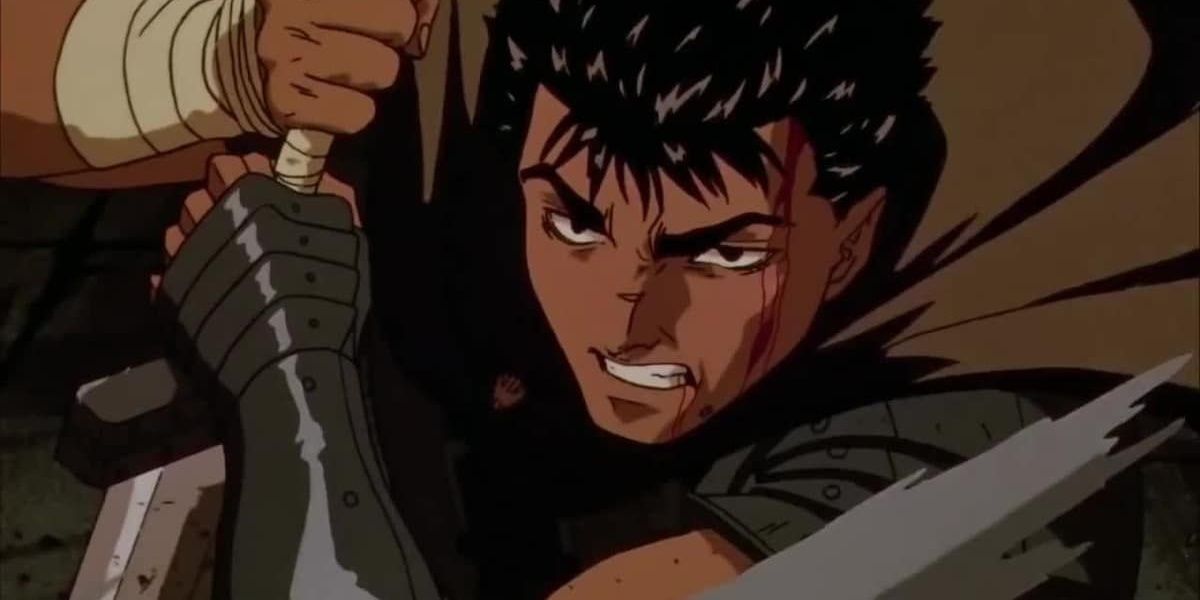
There was also the Berserk Golden Age Arc movie trilogy, which, like the 1997 series, adapted the material that showcased Guts’ backstory. The Berserk movies were well-received, and to some extent, they’re likely the best and fastest way for newcomers to get into the series. Unfortunately, they were also harbingers of things to come with the 2016 anime, as a lot of material was cut out. To be fair, the trilogy at least has the excuse of being made up of movies, so being somewhat judicious with time and pacing made sense. The third movie – The Advent – was also the most violent adaptation of Berserk yet, perfectly capturing the brutality present in the manga and actually adapting the Golden Age’s ending, which was skipped in the original anime.
Though both of these adaptations have their flaws, they’re far better than the 2016 series. The 1997 Berserk anime in particular feels emblematic of the franchise’s “retro” fantasy tone. Even with their flaws, the original anime and the movies are well-regarded by fans, newcomers, and critics alike, which is the opposite of how notorious the newer show is. The next planned adaptation of Kentaro Miura’s manga is Berserk: The Black Swordsman, which is actually an unofficial fan project. Nevertheless, the fan project is being made with the intent of doing right by the material and finally delivering a worthy and accurate adaptation. Hopefully, this attention to detail results in a far superior product than the CGI series from Liden Films, which is still regarded as a punchline and perhaps the best example of a poorly-handled anime in recent years.

